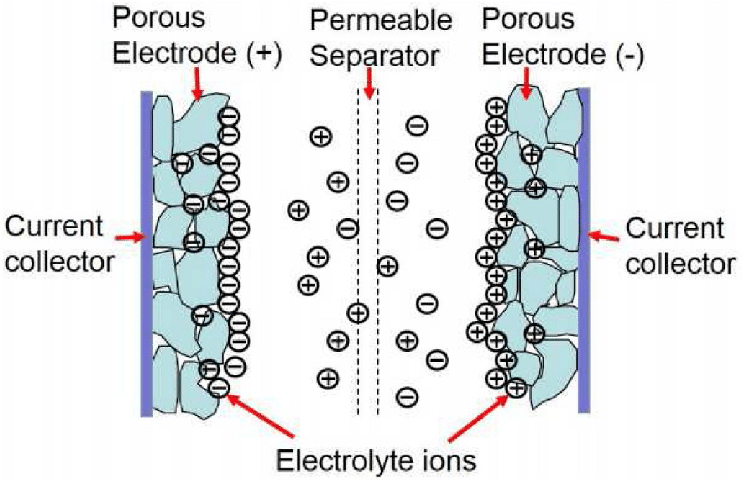Supercharged Energy Storage: Exploring Supercapacitors for a Sustainable Future

About Course
In a world racing toward decarbonization and electrification, the demand for reliable, high-performance energy storage solutions has never been greater. This course invites students to dive into the fascinating world of supercapacitors—a technology that bridges the gap between traditional capacitors and batteries. Whether you’re an aspiring engineer, a curious scientist, or a clean tech enthusiast, this guide unpacks how supercapacitors work, what makes them unique, and why they are gaining attention as a powerful ally in the transition to green energy.
From the core science of electrochemical capacitance to advanced applications in electric vehicles, wearable tech, and renewable energy integration, this course explores every dimension of supercapacitor technology. You’ll gain insights into novel materials, fabrication techniques, performance characterization, and the sustainability footprint of this cutting-edge storage system. Be prepared to think innovatively, critically assess technologies, and envision a future where energy is cleaner, faster, and more efficient—all powered by supercapacitors
Course Content
Introduction
The global energy challenge and the need for sustainable energy storage solutions.
00:00Introducing supercapacitors as a promising technology for energy storage.
00:00Overview of the eBook’s content and objectives.
00:00